|
|
Post by ancalimon on Jan 2, 2011 21:03:16 GMT 3
I strongly think that the swastika does not mean "sun", but some kind of "transcendence", or some kind of "form changing" About Yazılıkaya: The shapes and the pattern looked similar. Here is an attempted translation of the text. 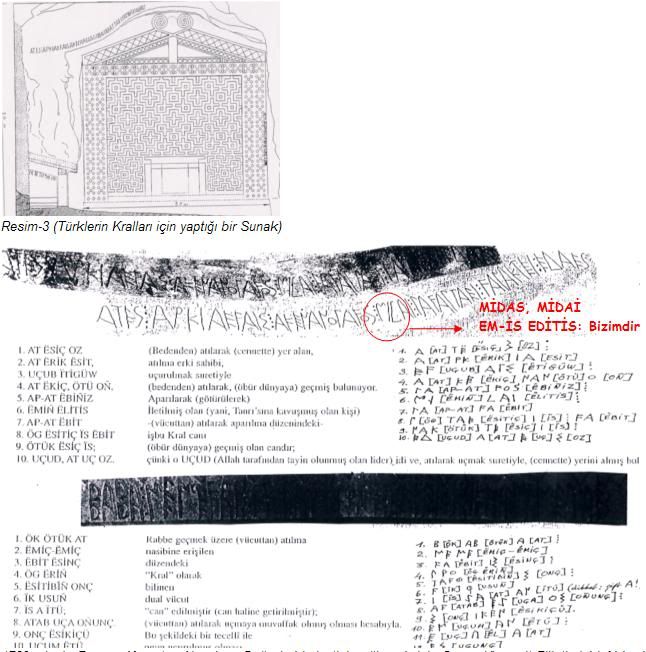 |
|
|
|
Post by H. İhsan Erkoç on Jan 3, 2011 22:30:22 GMT 3
Nonsense of Kazım Mirşan. Why do you keep believing those weirdoes?
|
|
|
|
Post by ancalimon on Jan 4, 2011 3:40:29 GMT 3
Bor Chono, in Turkish we say 'Tanri', in Mongolian I think you say 'Tengeri'. Ppl! Are who sure that your "Tanri" is "Tengeri"? TENGERI means "Sky". He is everywhere. He is the father-creator=Mind (mother creator is mother earth=Life). It is the one who made us to wear pointed hats, He is the TOP -everything has top. Sun & Moon & Stars are his sisters. -if he wish U can meet him only in mountain tops -he doesn`t enter into temples, he has no body, image...etc. Chinese kings claim that they are the "sons of heaven". In Monglian lang this is translated as "Tengeriin huu"="Son of Tengri". Mongols say "Teneg hun Tengertei ctsatsuu!"="Only stupid one is equal to Tengri!" He has no son or daughter. We all equal here -but some are chosen to be his messenger. The great khaan was "A messenger of Tengri" not "Son of Tengri". Imagine : Jesus met some Ancient Mongols Mongols : -Who are U? Jesus: -Don`t U see..! I am who I am, now I`m here. One Mongol : -He looks like Demon, look at his beard & yellow(=white, there is no human with white face) face. Get him! Jesus : -What are U doing!? I am a son of god!. Mongols : -ha ha ha... Mongol general : -leave him! -he is crazy.( ;D -sorry Joke) However there are 99 of them -I think Hurmasta is the most powerful one (it is because Mongols worship to it). Allah is also called "Allah Tengri". So what does "ALLAH" mean? Also there are some ATA Tengries, Girl Tengries..etc. Just read an article about male-female and sybolism. mondovista.com/mystx.html I think the female having "evil" is non native to Turkic idea. female is for: wisdom, art, philosophy, nurturing, calmness, etc male is for: anger, war, energy, etc.. So a male bard who prefers music over sword is a feminine person. But an Amazon fighter woman is a masculine person. 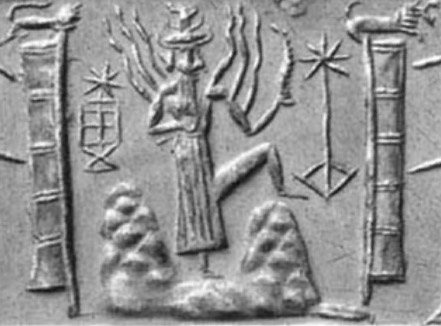 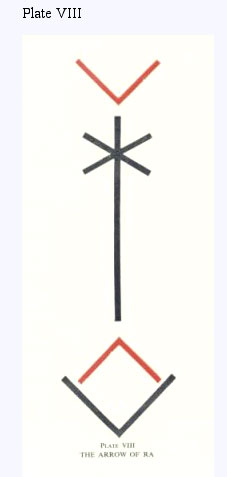 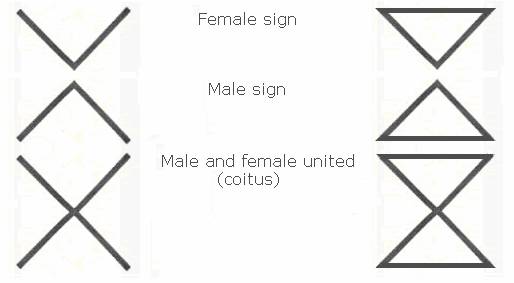 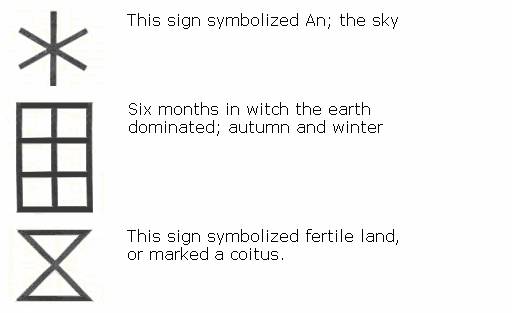 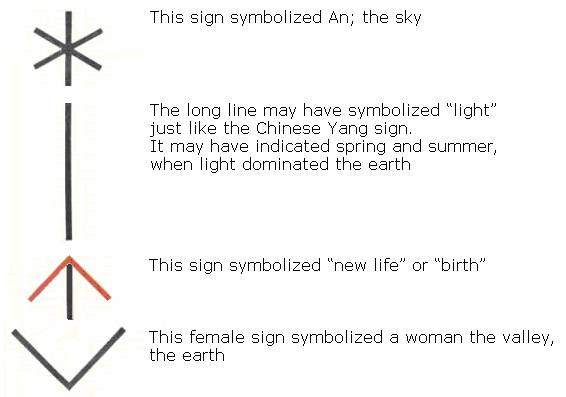 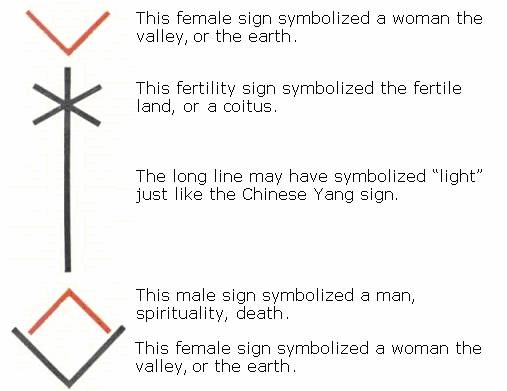 |
|
|
|
Post by ancalimon on May 18, 2011 1:01:41 GMT 3
Bor Chono: regarding this subject, I need to know every link you can give me about Tengri and any possible relationship between teker (wheel, wheel shape, round) and Tengri. Can you help me?
|
|
|
|
Post by benzin on May 18, 2011 11:37:46 GMT 3
Teker is a hungarian verb, means rolling over. I can imagine only one relationship between god and the wheel, and its the way of life the nomads live, keep on going all the time, thats the way of god.
|
|
|
|
Post by ancalimon on May 18, 2011 22:30:46 GMT 3
Tekre is the Sanskrit word for "wheel, turning". and Chakra (cogwheel) (Çark in Turkic) is a word which is derived from Tekre.
Çark is another name for space-sky in Turkish.
Teker (wheel) , değirmen (mill), daire (round, circle), dür (to roll, to make spiral) are all related.
I suspect denge (balance), değer (to touch, value) to be related to Tengri as well.
We also have tekerleme (mantra, repeating words, complicated sentences) in Turkish.
There is Arabic loan "Zikir" (Dhikr) in Arabic and it is related to "memorizing" and "male reproductive organ" in Arabic.
Arabic loan "tekrar" (repeating) seems to be related to wheel as well.
English thread and Turkic dür are related in meaning and I think "tür:species" and "türe: reproduce" are related to this as well.
There are many more examples.
|
|
|
|
Post by Ardavarz on May 19, 2011 0:15:52 GMT 3
There was indeed a hypothesis by Sir Harold Bailey linking the etymology of the name Tengri (cf. especially Bulgar-Tatar Tangra and Turkish Tanrï) with Avestan Chakhra (= Sanskrit Chakra) - "wheel" in a meaning "celestial circle, dome of heaven". This becomes "charkh" in Persian where it means not only "wheel", but also "circle, dome, heaven" and so metaphorically "God" or "fate". F.e. it is used exactly with this meaning in the poetry of Omar Khayyam.
|
|
|
|
Post by ancalimon on May 19, 2011 1:34:00 GMT 3
Actually this could mean a lot. And it could become "extremely controversial" concerning general spirituality around the world if everything is added together regarding this subject. For example this: hjp.srce.hr/index.php?show=search_by_id&id=f1lmWxg%3D&keyword=dairatur. daire ← arap. dā̕irä: krug What does krug in Arabic mean? What does it sound like? What were Arabs doing all around the Steppe? or: We call the pictured side of coins "TURA" in Turkey. |
|
|
|
Post by Ardavarz on May 19, 2011 2:10:22 GMT 3
"Krug" is not Arabian. It's Slavic word for "circle". About etymology of Arabian dā̕irä I am not sure where it has come from. Some relation to the shamanic drum? Sounds similar to Balkar Teiri ("god, deity") and Kushan Teiro (a name of deity), but I doubt there is some direct connection.
The circle is almost universal symbol as well as the cross (or the svastika) representing sun, sky, horizon (with four points of the compass, four winds, four elements etc.) and the world as a whole.
|
|
|
|
Post by Ardavarz on May 19, 2011 2:27:54 GMT 3
While I was writing that about the four winds and the horizon/sky I remembered a dialogue from the old movie "Conan the Barbarian" (1982) where Conan talks with Subotai the Hyrcanian about gods. Even though it's a fantasy without real historical base, this particular scene deals with the religion of Steppe people and I have always found it very funny:
Conan: What gods do you pray to?
Subotai: I pray to the Four Winds. And you?
Conan: To Crom. But I seldom pray to him. He doesn’t listen.
Subotai: Ha-ha-ha-ha! What good is he then? Ha! It’s just as I’ve always said…
Conan: He is strong! If I die, I’ve to go before him. He will ask me: “What is the riddle of steel?”. If I don’t know, he will cast me out of Valhalla and laugh at me. That’s Crom! Strong on his mountain.
Subotai: Hehe! My god is greater!
Conan: Ha-ha! Crom laughs at your Four Winds! Laughs from his mountain.
Subotai: My god is stronger! He is the Everlasting Sky. Your god lives underneath him.
;D ;D
|
|
|
|
Post by ancalimon on May 19, 2011 6:45:17 GMT 3
"Krug" is not Arabian. It's Slavic word for "circle". About etymology of Arabian dā̕irä I am not sure where it has come from. Some relation to the shamanic drum? Sounds similar to Balkar Teiri ("god, deity") and Kushan Teiro (a name of deity), but I doubt there is some direct connection. The circle is almost universal symbol as well as the cross (or the svastika) representing sun, sky, horizon (with four points of the compass, four winds, four elements etc.) and the world as a whole. Apparently this would mean that the Arabs had shaman drums called "daire" during the times they call "pre-Islamic age of ignorance" (I think it's wrong to say that since that age gave rise to Islam) and maybe there were shamans among them. Or not. I still don't get how someone owns a word. Arabic people tell me daire is an Arabic loan in Turkish and English people tell me it's a Persian loan in Turkish. What were Arabs or Persians doing in Siberia? Why can't the word be Turkic? I don't understand why words that exists both in Persian-Turkic and Arabic-Turkic are almost always considered Arabic or Persian. ---------- I guess Slavic krug is related to maybe English "curve" or Turkic "kıvrık"? |
|
|
|
Post by merlkir on May 19, 2011 8:57:00 GMT 3
"Kruh" (czech word) comes from Slavic "krug", which comes from proto-slavic krǫgъ. My etymology dictionary says it's related to old germanic "(h)ring", old islandic "hringr" and that they all come from IE word "krongh". (the PIE root is ker- "to turn")
Interestingly, "krogu" in Proto Germanic means "pot", the same in Old High German is "kruog".
|
|
|
|
Post by benzin on May 19, 2011 13:04:33 GMT 3
It differs in many characters from Phryghian as I see. Seems like an old version of Sekler runes.
Is it solved yet what it means ?
|
|
|
|
Post by Ardavarz on May 20, 2011 0:42:27 GMT 3
Here is some interpretations of the Phrygian inscriptions: www.maravot.com/Phrygian.htmlThe similarity with Turkic runelike alphabet could be due to their common prototypes. According to Dr. A. Amanjolov: "The paleographic analysis leads to a conclusion about very early date of appearance of the Türkic runiform alphabet in Southern Siberia and Jeti-Su, not later then the middle of the 1st millennium BC. This alphabet display a close genetic proximity, firstly with early types of the ancient Greek alphabet (especially with Anatolian and Italic), and secondly with Northern Semitic-Phoenician (including with early Aramaic) and Southern Semitic alphabets. In some measure it agrees with the archeological data about deep cultural ties of the Southern Siberia and Jeti-Su early nomads with the Near East population in the 1st millennium BC". (http://s155239215.onlinehome.us/turkic/31Alphabet/Amanjolov/AmanjolovGenesisEn.htm) |
|
|
|
Post by Ardavarz on May 20, 2011 1:31:06 GMT 3
Something more about the name Tengri/Tangra/chakhra/chakra, its probable connotation "circle, wheel, rotating heaven" as expressed in its Old Turkic spelling with runes. Here are some some my considerations which I use as a working model in my manifestation practice: In my opinion the name of Tengri can be understood also as representing the Four Elements of Nature. In Old Turkic it is written with four tamghas (runes):  T – Ng – R – I T – Ng – R – I (left to right) Now, according the Tengriist philosophy (as it’s explained in “ Hon Kitabï” – a 13th century ethnographical treatise by Volga Bulgarian Sufi poet Köl Gali) everything in the universe consists of differences. This is very similar to Saussure’s philosophy of language (semiology). We can assume (as in many traditional and modern schools) that language is a model of the world. So the differences in language (and more particularly phonological characteristics) represent and correspond to ontological differences in the universe. Thus the vowels are related to the visible world of manifested phenomena called Chel (probably from jel - “wind”, thus “the world of breath/life”), while consonants are related to the invisible worlds of formative principles or ideas called collectively Tunai (from tön - “night”). That is because one cannot pronounce a word without vowels, while the consonants convey the general meaning of the word. Then the voiced and mute consonants can represent the active and passive mode of the particular energy pattern (form, idea) corresponding to those phonemes and so on. Now the first letter in the name Tengri – T – is a dental sound which is plosive consonant. In my interpretation it represents the Fire element (or symbolically – the will) because of its discrete action – it flashes in moments like in thunderbolts, sparks from flint and steel etc. The second letter – N – is nasal and so representing the Air or Wind element (symbolically = the intelligence). It’s a liquid phoneme and so concurring with the fluid quality of the air. The third letter – R – is also liquid, but it is pronounced not through nose, but with tongue vibrations and so it represents the Water element (symbol of emotions). Note how the characteristics of the consonant phonemes in the name T-N-R-I moves from discrete to continuous (plosive to liquid), the latter being more similar to the vowels, i.e. closer to the manifested plane of phenomena. Also the second consonant ( N) is in fact a Ng, i.e. a nasal-guttural which thus has a middle position between plosive and liquid sounds (gutturals are plosive likewise the dentals). This emphasizes the intermediate position of the Air element between Fire and Water. And finally the last letter – I – is a vowel and so it is related to the Earth element (= consciousness, awareness of the phenomena) or the plane of manifested existence. These four tamghas can be related to the four points of the compass which in Volga Bulgarian system have a color expression exactly corresponding to their elemental characteristic: South – yellow ( sarï) – Fire ( ot) = TEast – white ( aq) – Air/Wind ( jel) = NgNorth – blue ( kök) – Water ( su) = RWest – black ( qara) – Earth ( jer) = IIn this system also South is right and North is left, so East is ahead while West is aback.  Thus the divine name of Tengri is pronounced counter-clockwise around the horizon from right to left beginning from South. It can be used so in shamanic practices, rituals (like drawing protective circles) and also as mantra for meditation: teng throughout inhalation, then ri throughout exhalation, while t and g mark the turning points between in- and out-breath. This is a cycle again which represent an analogue of the universal process of unfolding the phenomena from invisible to the visible worlds (from Fire to Earth) and so manifesting events (from will to consciousness). In Buddhist and Taoist traditions this is referred sometimes as “turning the wheel”. Thus ancient Xiongnu title of tengriqut could be an equivalent of Buddhist chakravartin (“wheel-turner”) or universal monarch. |
|